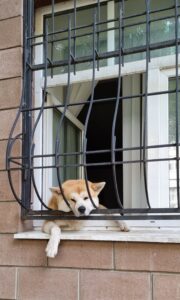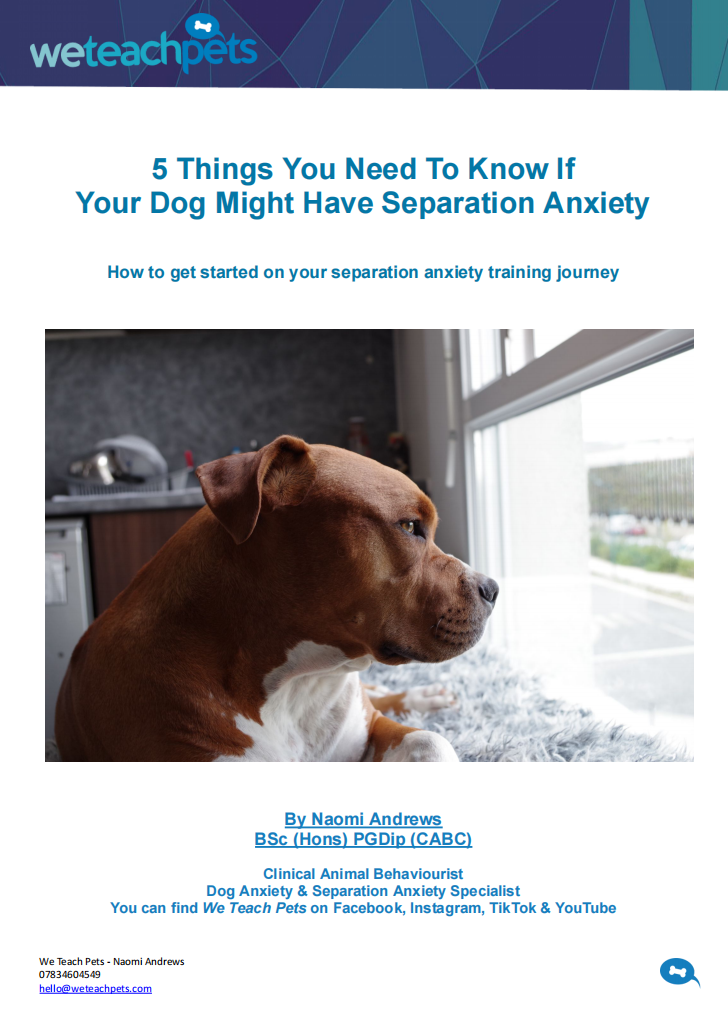So when is separation anxiety not separation anxiety?!
Separation anxiety has become a catch all term for any unwanted behaviour that occurs when a dog is left alone. But not all of these behaviours are due to anxiety about being alone. If we assume it’s all anxiety then we might miss something integral to treating the actual problem.
Step one: assessment
 First things first, you need to know what your dog is actually doing. Your neighbour might have told you that your dog is barking while you’re away. You might have come home to your dog having toileted or ripped up your cushions. But that doesn’t give us much context. There are lots of reasons these things might be happening.
First things first, you need to know what your dog is actually doing. Your neighbour might have told you that your dog is barking while you’re away. You might have come home to your dog having toileted or ripped up your cushions. But that doesn’t give us much context. There are lots of reasons these things might be happening.
By setting up cameras and observing your dog you can see exactly what’s going on.
If you don’t see anything on one trial, try again another day. You may just not have caught your dog in action yet. When you’re observing your dog, look at their body language in general. Are they showing signs of anxiety such as holding their ears back, holding their tail low. Do they have lowered body language or are their muscles tense? Are they moving around more slowly or more quickly than they would usually? Maybe they are panting or drooling.
So what else might it be if it’s not separation anxiety?
Destruction:
Vocalisation:
Toileting:
Other:
So there we have it, a few of the possibilities aside from separation anxiety which might share symptoms. This is why videoing your dog is so important. We want to capture everything we can to make sure we don’t miss things.
Search the blog page for “Separation Anxiety” to learn more about separation anxiety and how to treat it. Or check out the separation anxiety page of the website here to find out more about my specialised separation anxiety training packages. Or, if you think it’s something else, we can look at the videos together and come up with a different plan to tackle your dog’s symptoms.
More separation anxiety content
Free Separation Anxiety Help Here!



